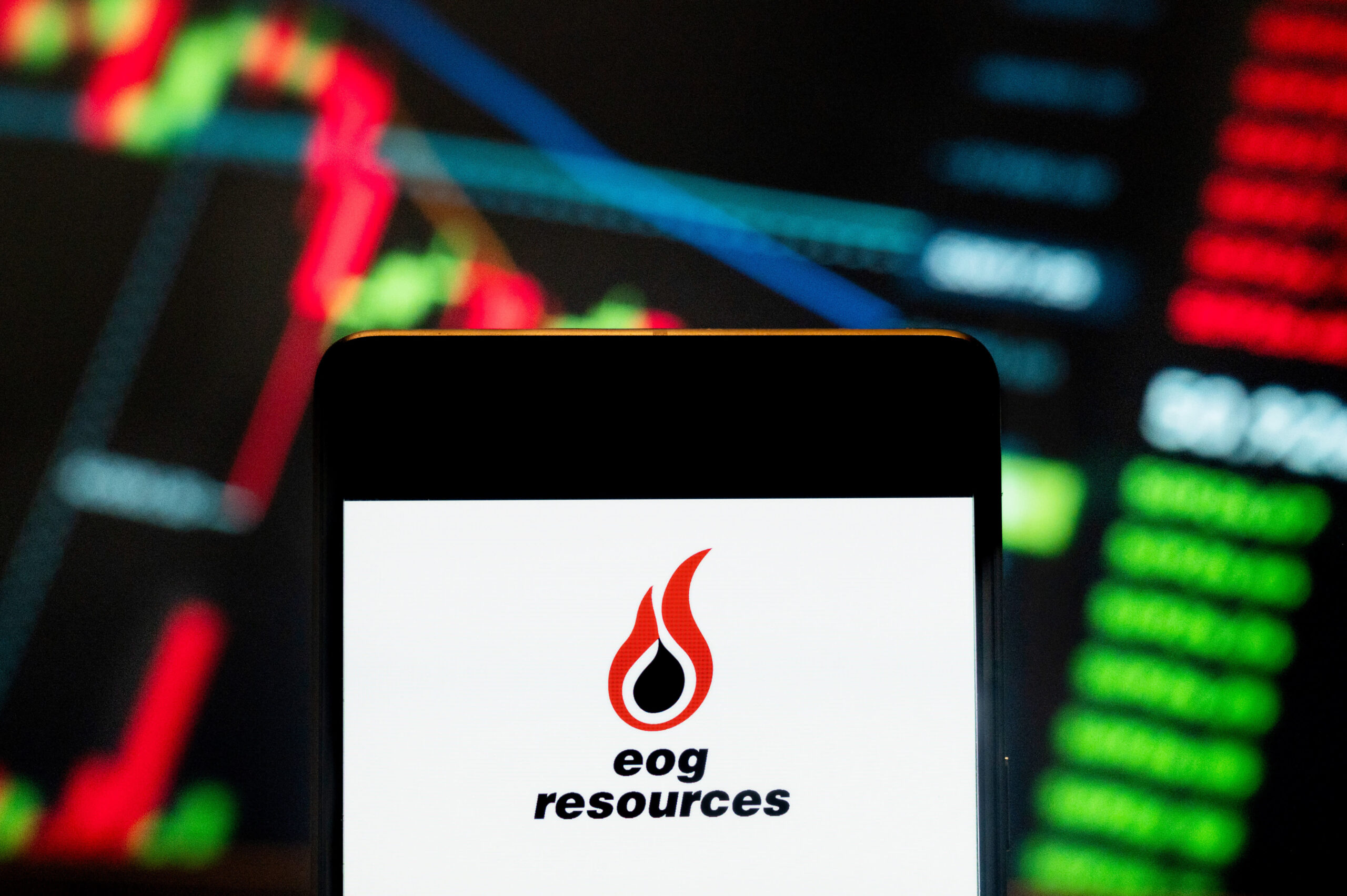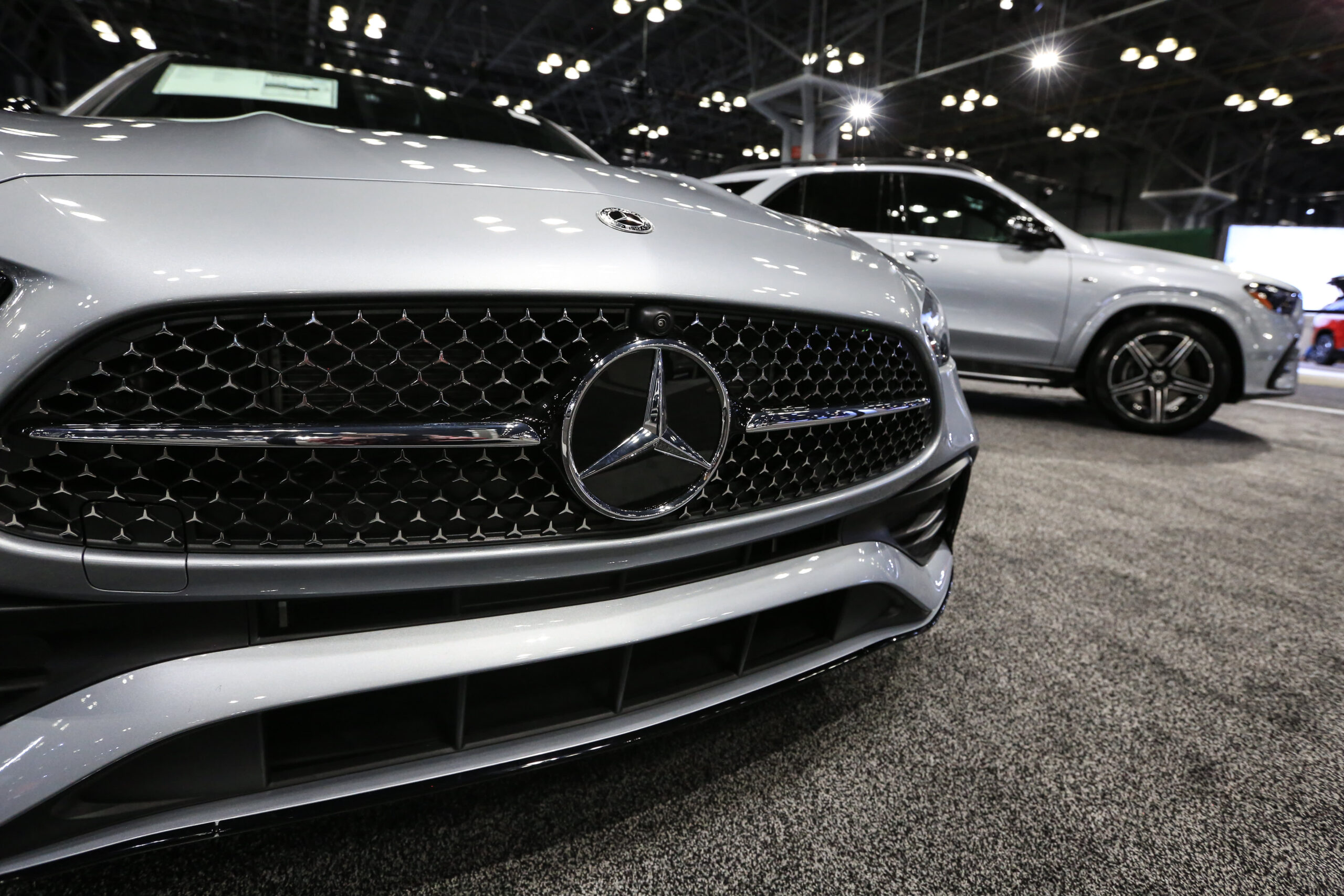Brussels: A solar panel manufacturer that’s laying off workers. A battery maker that spurned Europe for American subsidies. A green-hydrogen project stalled for lack of electricity.
These are a handful of the early results from the European Union’s Innovation Fund, a 40bil investment vehicle at the core of Europe’s plans to overhaul its economy to be zero-carbon by the middle of the century.
It’s also part of the EU’s counter to the US Inflation Reduction Act. Officials hope the subsidies will keep key industries from decamping overseas.
While the fund is still fairly new and backs dozens of projects, including the world’s first major green steel plant, some of them – especially in the manufacturing and hydrogen sectors – have struggled to get off the ground.
The Innovation Fund is one of the “must-succeed” programmes to ensure that new technologies can quickly play a major role in bringing down EU emissions, according to Marcus Ferdinand, chief analytics officer at Oslo-based research firm Veyt.
If its early stumbles turn out to be widespread trends, that will be a worrying sign for the bloc’s ability to hit its 2040 climate targets.
Since it was launched four years ago, the fund has allocated over 6bil to scaling up clean technologies, such as capturing carbon dioxide from some of Europe’s biggest polluters, like French industrial gas giant Air Liquide SA and Swiss cement maker Holcim Ltd.
It backs major energy producers such as Shell Plc and German utility RWE AG in their efforts to produce hydrogen. And it supports large-scale plants that make solar panel equipment, batteries and other renewable energy technologies.
Manufacturing projects are among those that have faced the most difficulty. The fund has given out at least three quarters of a billion euros to manufacturers, half of whom have announced plans to shut down operations, lay off staff or discontinue the projects completely, according to an analysis of project data by Bloomberg Green.
Kurt Vandenberghe, director general for climate at the European Commission, said the EU anticipated that some of its bets wouldn’t work out.
The fund is for investing “in the novel, innovative activities of the future,” Vandenberghe said. “This means that not all projects will necessarily go to their end, because there’s a fair degree of risk. Otherwise we shouldn’t do it, if the market is taking this forward on its own.”
And bad bets don’t necessarily mean that a lot of money was wasted. Funding is paid out in phases, so projects that don’t go ahead don’t receive the bulk of it, and the EU can route that spending elsewhere. Those that don’t make a final investment decision don’t receive any funding at all.
But it still means valuable time lost for decarbonisation – and an erosion of Europe’s competitive advantage if companies leave.
The Innovation Fund collects its billions from the polluting industries it hopes to clean up. Under Europe’s cap-and-trade emissions trading system, polluters are allocated a fixed number of permits each year.
Industrial polluters, who have few options to decarbonise, currently get most of their permits for free while power producers have to buy them. Companies must surrender a permit for each tonne of carbon dioxide that they release into the atmosphere.
EU governments sell the permits at auction and then plough some of the proceeds into the Innovation Fund. The idea essentially is that polluters pay, but some of their money may return to them in the form of grants or subsidised new technologies that can help them cut emissions and lower their bills in the future.
That will be particularly important as the EU tightens its carbon market in coming years and cuts the number of permits handed out for free.
Industries will be forced to reduce carbon dioxide or pay up. Companies could opt to shut down entirely, as some did when faced with higher costs following Russia’s invasion of Ukraine.
“Right now Europe is essentially decarbonising through deindustrialisation,” said Ann Mettler, vice-president for Europe at Breakthrough Energy, a consortium of non-profits and venture capital funds backed by Bill Gates that invests in green technologies.
Investment of 40bil over 10 years “is sizable, but whether that’s a game changer is also questionable – whether that’s really enough,” she said.
Europe’s green manufacturers face the lure of attractive US subsidies on the one hand and competition from cheap Chinese products on the other.
Freyr Battery Inc received a grant of 100mil for its Giga Arctic project in Norway, but announced last November that it was limiting spending on that project to focus investment on the United States.
Among the biggest grants to date was 200mil for Swiss solar-panel maker Meyer Burger Technology AG to build new manufacturing facilities in Germany and Spain. Since then, the company has announced plans to shut a manufacturing facility in Germany as it pivots operations to the United States. The company is in talks with the commission about its options, according to a spokesperson.
“The European Union must guarantee a level playing field for its domestic solar industry by restricting dumping and product manufactured with forced labour,” the spokesperson said by email.
“Without it – as of today – production of solar modules does not make economic sense” in Europe.
Another solar equipment maker, Sweden’s Midsummer AB, was awarded over 30mil for an initiative, known as Project DAWN, to build a factory that will produce a thin, lightweight solar panel for rooftops.
Last year, the company started plans to lay off employees as part of a cost-cutting effort for its Swedish operations as it announced a loss of over 200 million Swedish krona.
A spokesperson for the company says those two efforts go hand in hand as the company reconfigures its business to be more competitive in the face of cheap imports. “If anything, the cost-cutting measures give us more muscles to speed up and execute Project DAWN,” said Peter Karaszi, Midsummer’s head of communications. — Bloomberg

